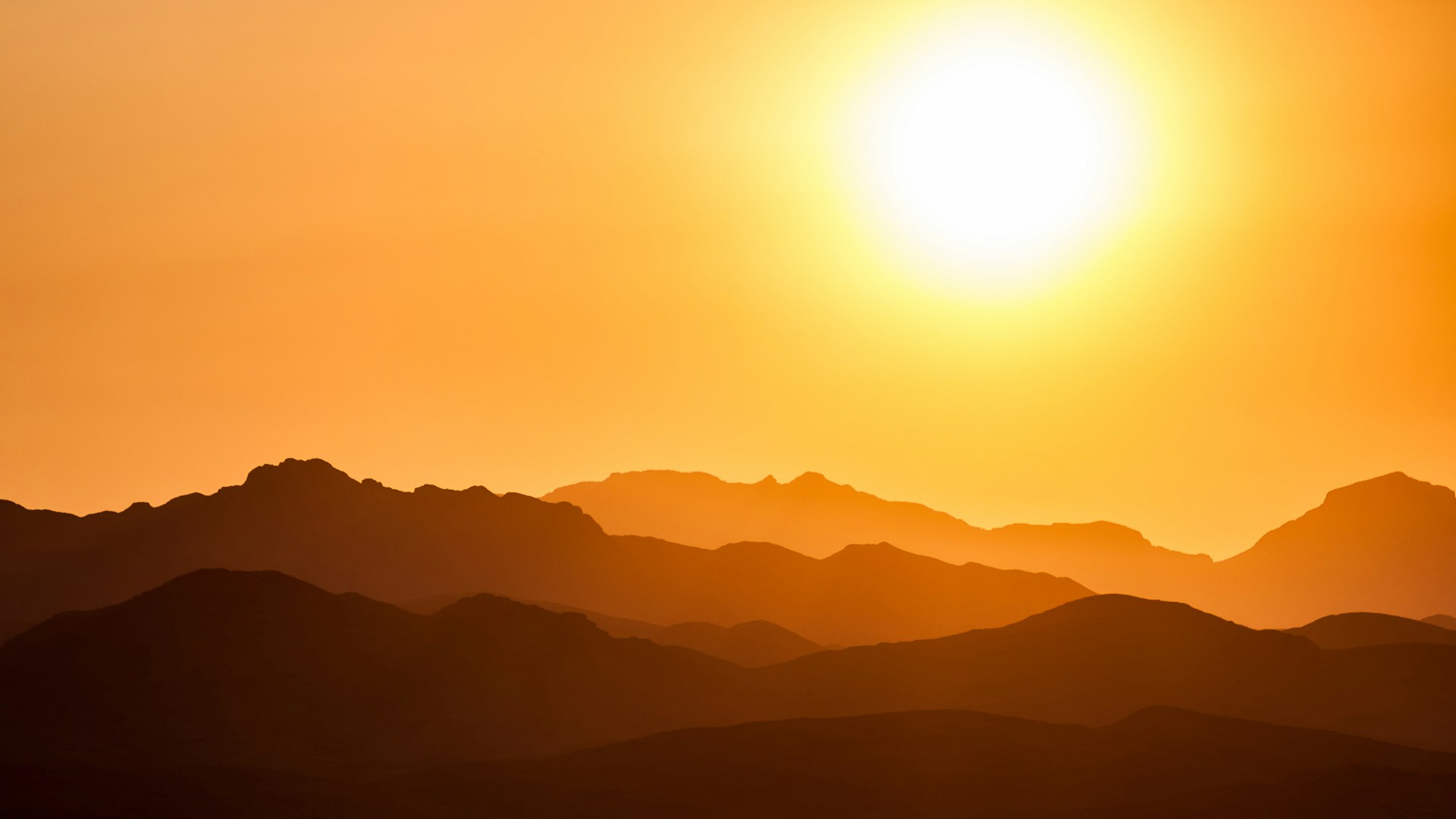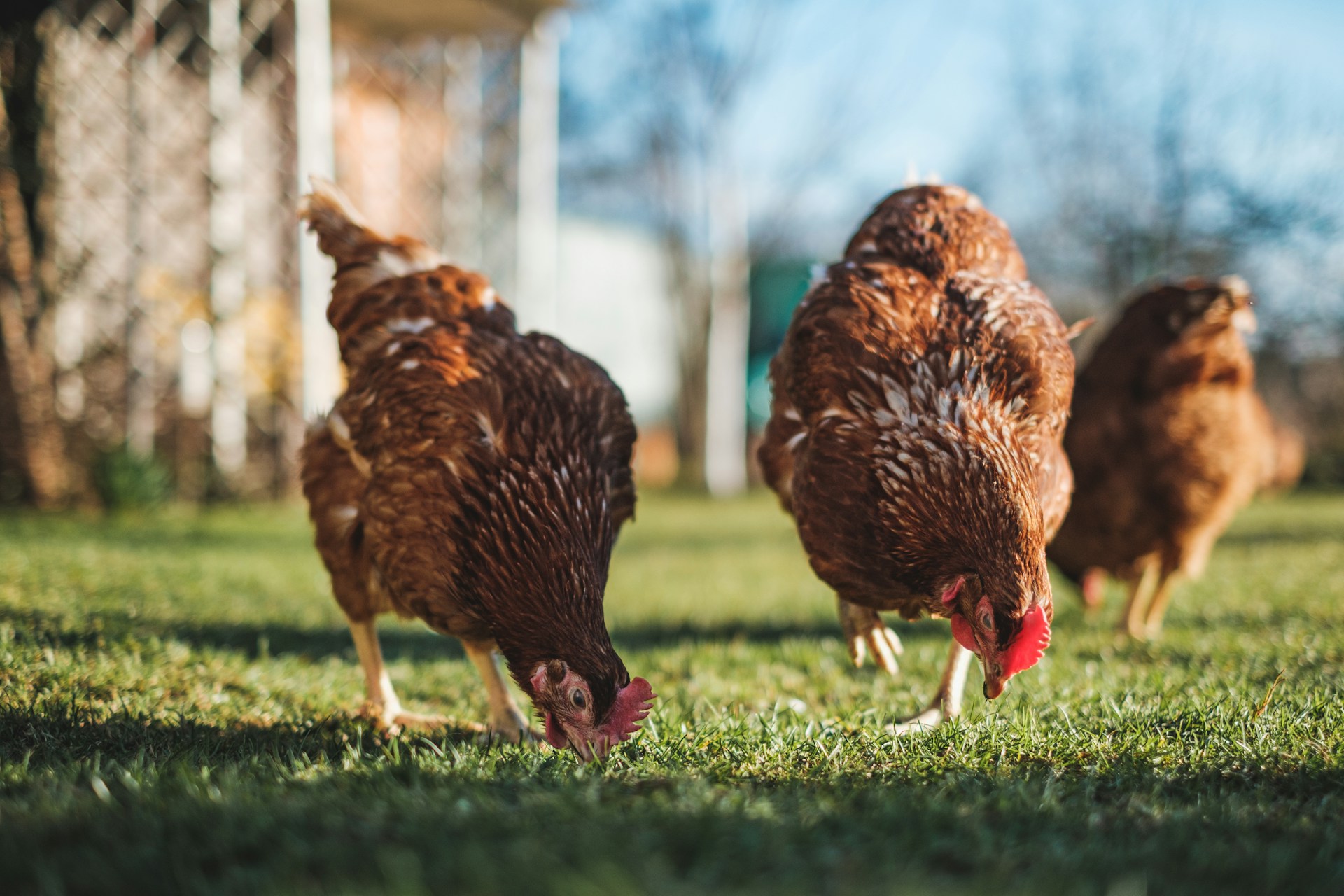Preparedness
Master These Forgotten Skills for True Survival Preparedness

When most people think about preparedness, their minds often jump to stockpiling supplies like food and weapons. However, true preparedness extends far beyond simply amassing goods. It involves acquiring a diverse set of life-sustaining skills that were second nature to our grandparents. In the event of a crisis, such as an electromagnetic pulse (EMP) event, these skills could prove invaluable.
Cooking from scratch is a foundational skill for any survivalist. In today’s fast-paced world, many people rely on pre-packaged meals and dining out, often neglecting the art of preparing meals from basic ingredients. If you’re serious about preparedness, mastering the ability to cook from scratch is non-negotiable. “You might be surprised how many young people are not used to cooking even something as simple as scrambled eggs, let alone a full meal.”
Healthcare knowledge is another crucial area. Society today often turns to doctors and medication for even the slightest ailment. In contrast, past generations were adept at managing their health independently. Understanding how to care for yourself and your family without immediate medical intervention can be a game-changer in a long-term survival scenario.
Growing and foraging skills are equally vital. When supermarket shelves are bare, the ability to cultivate your own food and identify edible wild plants becomes essential. Gardening and foraging are not as simple as they may seem; they require physical endurance and knowledge of safe practices.
Sewing is another skill that might not seem immediately necessary but can be incredibly useful. Whether it’s making new clothes or repairing existing ones, sewing offers a practical solution when shopping is no longer an option. Additionally, skills such as spinning, weaving, and knitting can provide valuable trade opportunities.
Handling livestock safely and providing basic veterinary care is crucial for those who rely on animals for meat, dairy, or fiber. Even seemingly simple tasks, like managing chickens, can pose risks if done incorrectly. Being knowledgeable in this area ensures the health and productivity of your livestock.
For those who consume meat, hunting, trapping, and butchering skills are indispensable. Procuring meat in the wild requires understanding various hunting methods and knowing how to butcher an animal safely to maximize its yield.
Carpentry and construction skills round out the list of essential survival skills. While building an entire house might not be necessary, knowing how to construct a small shed or perform basic home repairs is invaluable.
This list is by no means exhaustive, but it offers a starting point for evaluating what skills you currently possess and which you might want to develop further. “Keep learning and adding to your skills bank.” Community colleges and county extension offices often offer classes on a wide range of topics, from backyard chicken keeping and first aid to furniture building and blacksmithing. These resources can provide affordable opportunities to expand your skill set.
Let us know what you think, please share your thoughts in the comments below.

Preparedness
Harness the Sun’s Power for Essential Nutrient Boost

Vitamin D plays a crucial role in maintaining the health of bones, teeth, and muscles by regulating calcium and phosphate levels in the body. Without sufficient vitamin D, individuals may face bone deformities like rickets in children or osteomalacia in adults, both of which can lead to bone pain and an increased risk of fractures.
The U.S. National Academy of Medicine suggests that most people need between 600 and 800 IU of vitamin D daily. However, the U.S. Endocrine Society advises a higher intake of 1,500 to 2,000 IU each day. While many grocery store staples such as milk, yogurt, orange juice, and cereal are fortified with vitamin D, and supplements are readily available, these options may not always be accessible. In scenarios where these resources are depleted or unavailable, understanding natural sources of vitamin D becomes essential.
Sunlight is a natural and effective way to produce vitamin D. When the skin is exposed to the sun’s rays, it initiates the production of this vital nutrient. Importantly, one does not need to tan or burn to achieve adequate vitamin D levels. “The body will make all the vitamin D it needs for a day in about half the time it takes the skin to burn.”
Several factors influence the amount of vitamin D synthesized from sun exposure. The time of day is significant, with midday being the most effective period for vitamin D production due to the sun’s position. Additionally, the amount of skin exposed plays a role; for instance, exposing the back results in more vitamin D production than just exposing the hands and face.
Geographical location is another critical factor. Individuals living closer to the equator, such as those in the southern United States, can more easily meet their vitamin D requirements through sun exposure compared to those in northern regions. This is particularly challenging during winter months when the sun’s angle is lower. “Basically people living north of the 37-degree-latitude line — roughly the imaginary line between Philadelphia and San Francisco will have a hard time meeting their vitamin D needs through sunshine alone especially in the winter months.”
While moderate sun exposure is beneficial, it is important to be cautious as prolonged exposure can increase the risk of skin cancer. Thus, balancing sun exposure with protective measures like sunscreen and hydration is essential.
Incorporating natural vitamin D sources into a preparedness plan is vital for both novices and seasoned preppers. Understanding how to harness sunlight effectively ensures that even in the absence of fortified foods and supplements, one can maintain adequate vitamin D levels crucial for overall health.
Let us know what you think, please share your thoughts in the comments below.
Preparedness
Chickens: The Surprising Key to Self-Sufficient Living

Chickens are often considered the gateway to self-sufficiency for those venturing into a preparedness lifestyle. Their minimal space requirements and relatively low maintenance make them an excellent choice for beginners. Besides, the financial investment needed—apart from the initial setup of a coop—is quite modest.
Even if you reside in an urban environment, you can likely raise a few hens in your backyard. Most municipalities have regulations permitting a small number of hens, though roosters are generally prohibited. It’s essential to check local ordinances, as they might dictate the number of hens you can keep and may require neighbor approval. Additionally, there could be specific guidelines regarding the type and style of coops and runs permitted.
In rural settings, the decision often boils down to whether you allow your chickens to roam freely or contain them within a run. A chicken coop doesn’t need to be elaborate. Its primary function is to safeguard the chickens from predators and harsh weather while providing easy access for egg collection and cleaning.
For those planning to house chickens, a general guideline is to allocate at least a 20″x20″ area per standard-sized chicken, along with 12″ of roost space per bird. Typically, one nest box can accommodate four hens, though chickens often favor one or two nests over others.
When it comes to bedding, pine shavings or straw are recommended, avoiding cedar. While the coop should be draft-free during winter, adequate ventilation is crucial in summer to ensure the health of your flock.
Depending on your location, free-ranging chickens in the summer can significantly reduce feeding costs. They can forage for grasses, seeds, and insects, largely sustaining themselves.
Incorporating chickens into your preparedness plans offers a practical and rewarding step towards self-sufficiency. They provide a reliable source of fresh eggs and, when managed well, can seamlessly integrate into both urban and rural settings.
Let us know what you think, please share your thoughts in the comments below.
Preparedness
Unlock Survival Secrets with Everyday Tin Cans

In the realm of survival, creativity and resourcefulness can transform everyday items into vital tools. While tin cans might not be the most convenient way to carry food due to their weight, in a survival scenario, they offer much more than just sustenance. Once emptied, these cans become valuable assets, versatile enough to aid in various survival tasks.
Tin cans vary in size, from compact tuna cans to the larger #10 cans, each serving unique purposes. Even the paper labels have their uses, doubling as notepaper or kindling for fire-starting.
The most straightforward use of a tin can is as a container. These cans can hold water, food, sand, or small tools, making them indispensable in a survival kit. By punching two small holes on the sides of the can and threading a wire through, you can create a makeshift handle, turning the can into a portable carrier. This is particularly beneficial with a #10 can, thanks to its larger capacity.
Another practical application is using a tin can as a scoop or shovel. The sturdy material and shape make it perfect for digging. While not strictly a survival use, this method is commonly employed for everyday tasks like scooping livestock feed.
In a pinch, the sharp edges of a tin can lid can be fashioned into a cutting blade. By folding the lid in half and wrapping one side with rope or tape, you create a handle for safe use. Alternatively, insert the lid into a split stick and bind it to form a more traditional handle.
Transporting fire is a crucial yet often overlooked survival skill. Tin cans can carry embers, allowing you to quickly start a fire at a new campsite without the hassle of building one from scratch. This technique frees up time for other survival priorities, such as shelter construction or water sourcing.
Tin cans also double as cooking vessels. Boiling water is essential for purification, and a tin can makes this possible. Whether cooking food, preparing medicinal brews, or sterilizing instruments, the can serves as a reliable pot. When heating, use a cloth or branch to handle the hot can safely.
For those with a knack for DIY, a tin can can be transformed into a “hobo stove.” The larger #10 cans are ideal for this. Start by cutting a hole near the bottom for fuel access and oxygen intake. Next, puncture smaller holes around the top for exhaust. Additional holes at the base can improve airflow. Once assembled, the stove is ready to use with tinder and kindling. Place tent pins or wire mesh on top to support your cooking pot.
With a bit more creativity, you can even construct a rocket stove using three tin cans, as demonstrated in various online tutorials.
In the world of preparedness, tin cans are an unexpected yet invaluable resource. They illustrate the importance of seeing potential in the mundane, a key mindset for both novice and seasoned survivalists.
Let us know what you think, please share your thoughts in the comments below.
-

 Tactical1 year ago
Tactical1 year ago70-Year-Old Fends Off Intruder with Lead-Powered Message
-

 Tactical1 year ago
Tactical1 year agoVape Shop Employee Confronts Armed Crooks, Sends Them Running
-

 Preparedness12 months ago
Preparedness12 months agoEx-Ballerina’s Guilty Verdict Sends Tremors Through Gun-Owner Community
-

 Preparedness10 months ago
Preparedness10 months agoGood Samaritan Saves Trooper in Harrowing Interstate Confrontation
-

 Tactical1 year ago
Tactical1 year agoMidnight SUV Theft Interrupted by Armed Homeowner’s Retaliation
-

 Survival Stories2 years ago
Survival Stories2 years agoEmily’s 30-Day Experience of Being Stranded on a Desert Island
-

 Preparedness11 months ago
Preparedness11 months agoArizona Engineer’s Headless Body Found in Desert: Friend Charged
-

 Preparedness10 months ago
Preparedness10 months agoBoy Saves Dad from Bear Attack with One Perfect Shot